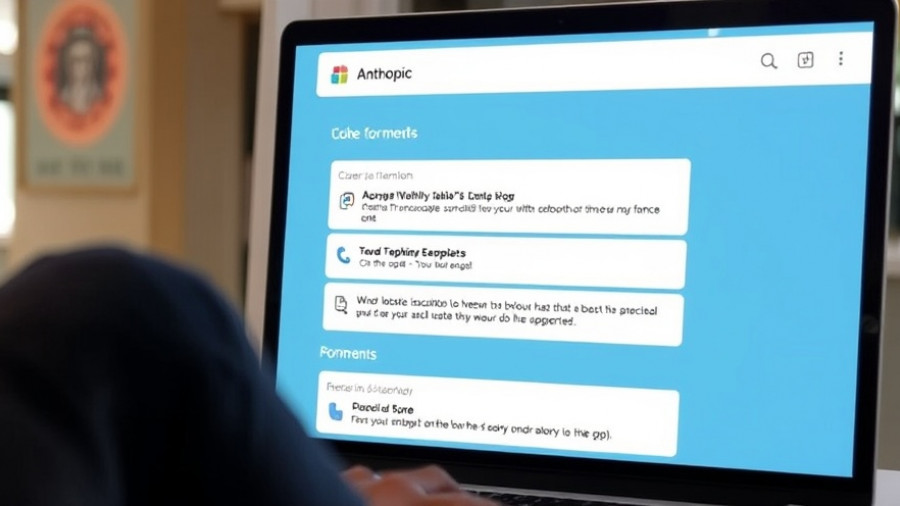
The Unfolding Impact of AI Chatbot Studies
This week marks a significant moment in the exploration of artificial intelligence as OpenAI and Anthropic released studies detailing the usage of their respective chatbots, ChatGPT and Claude. These studies provide valuable insights into the user demographics and the various applications of AI technology, thereby illuminating the future landscape of AI in the economy.
OpenAI’s Market Dominance
According to OpenAI's findings, ChatGPT boasts an impressive 700 million active weekly users, representing nearly 10% of the global population. Approximately 70% of user interactions are classified as "non-work" inquiries, predominantly revolving around practical guidance, writing help, and information-seeking queries. Notably, practical guidance dominates the landscape, with educational tutorials accounting for over a third of the engagements. The demographic is heavily skewed toward a younger audience, with around half of all messages coming from users under 26 years old. This trend poses questions about the potential implications for education and skill development.
Anthropic's Claude: Professional Utilization
In contrast, the data from Anthropic on Claude highlights a more professional usage of its chatbot. While exact figures are less widely advertised, Claude appears to attract users primarily in educated, high-paying professions. The stark difference in user demographics and usage scenarios between ChatGPT and Claude signals varying applications of these AI technologies in the workforce.
Economic Disparities: A Growing Concern
As both studies reveal the diverging paths of these chatbots, a critical discourse emerges regarding the socio-economic implications of AI. One potential vision suggests that AI could democratize professional access, as indicated by the emergence of AI copilots and decision-support systems. Such systems could empower less experienced individuals to perform tasks previously reserved for highly skilled professionals, fostering upward mobility and strengthening the middle class. An example is seen in occupations like law and medicine, where alternative roles like paralegals and nurse practitioners can deliver crucial services.
Contrasting Futures: Disparity vs. Equality
However, a contrasting narrative looms large: the notion that AI could exacerbate existing economic inequalities. The dominant usage trends presented in OpenAI's report suggest that the benefits of AI may increasingly align with those already affluent and educated, further deepening the divide. If these patterns persist, the wealth and productivity gains from AI-powered tools will predominantly benefit the highly qualified, while unskilled and lower-income workers could find themselves pushed further to the margins.
Actionable Insights: Preparing for Change
As observers of the AI landscape, it is essential to digest these findings and consider their impact on future job markets. For students and professionals alike, understanding the implications of chatbot usage is vital for career prospects. Educational institutions and industries need to adapt curricula and training methods that equip individuals to work alongside AI technologies effectively. Moreover, businesses should consider implementing strategies that utilize AI responsibly and inclusively, ensuring that their workforce doesn't widen the economic divide.
Conclusion: The Road Ahead for AI
In conclusion, the release of these studies from OpenAI and Anthropic stands as a timely reminder of the complexities surrounding AI usage. As we move forward, it’s clear that the conversation must include both the potential advantages and the dangers posed by this technology. Stakeholders at every level must engage in discussions about responsible usage to ensure that AI becomes a tool for empowerment rather than division.
 Add Row
Add Row  Add
Add 




Write A Comment